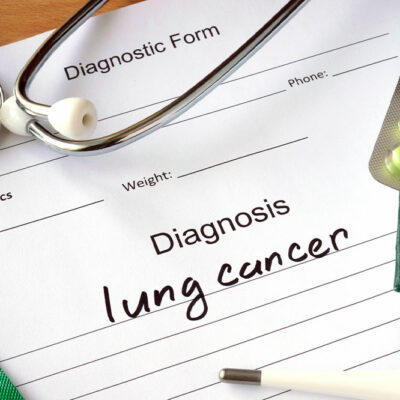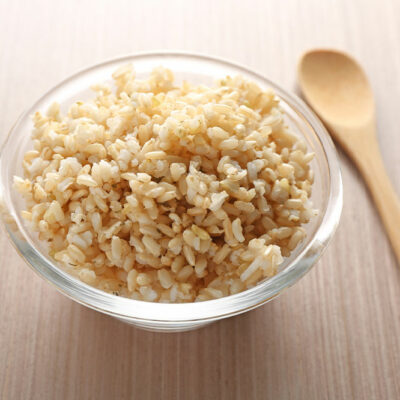
01
7 effective ways to deal with hair loss
Finding a few strands of hair on your brush is normal, however, persistent hair loss is a serious issue for a lot of people. It can be brought on by hormonal issues, aging, scalp infections, nutritional deficiencies, and even stress. This can keep people from maintaining their luscious locks, whether curly, straight, or wavy. One can manage the condition and even prevent further damage to their hair in the following ways: Practice good hair care One of the most basic ways to handle hair loss is to keep your scalp and hair clean. Regularly washing your hair can help you maintain a dirt-free scalp and preserve a good volume of hair. However, more shampoo does not mean more cleanliness; excessive shampooing can eliminate natural oils and damage the hair by making it dry and brittle. Further, repetitive or daily shampooing can leave your hair looking thin rather than voluminous. Wet hair is more prone to breakage, so frequently washing your hair can aggravate shedding. Additionally, always opt for air drying hair since the heat from blow-dryers removes the moisture and makes it vulnerable to breakage. Opt for gentle styling For most people dressing up involves washing and blowdrying their hair along with styling it using curling rods or straightening irons.
Read More 









